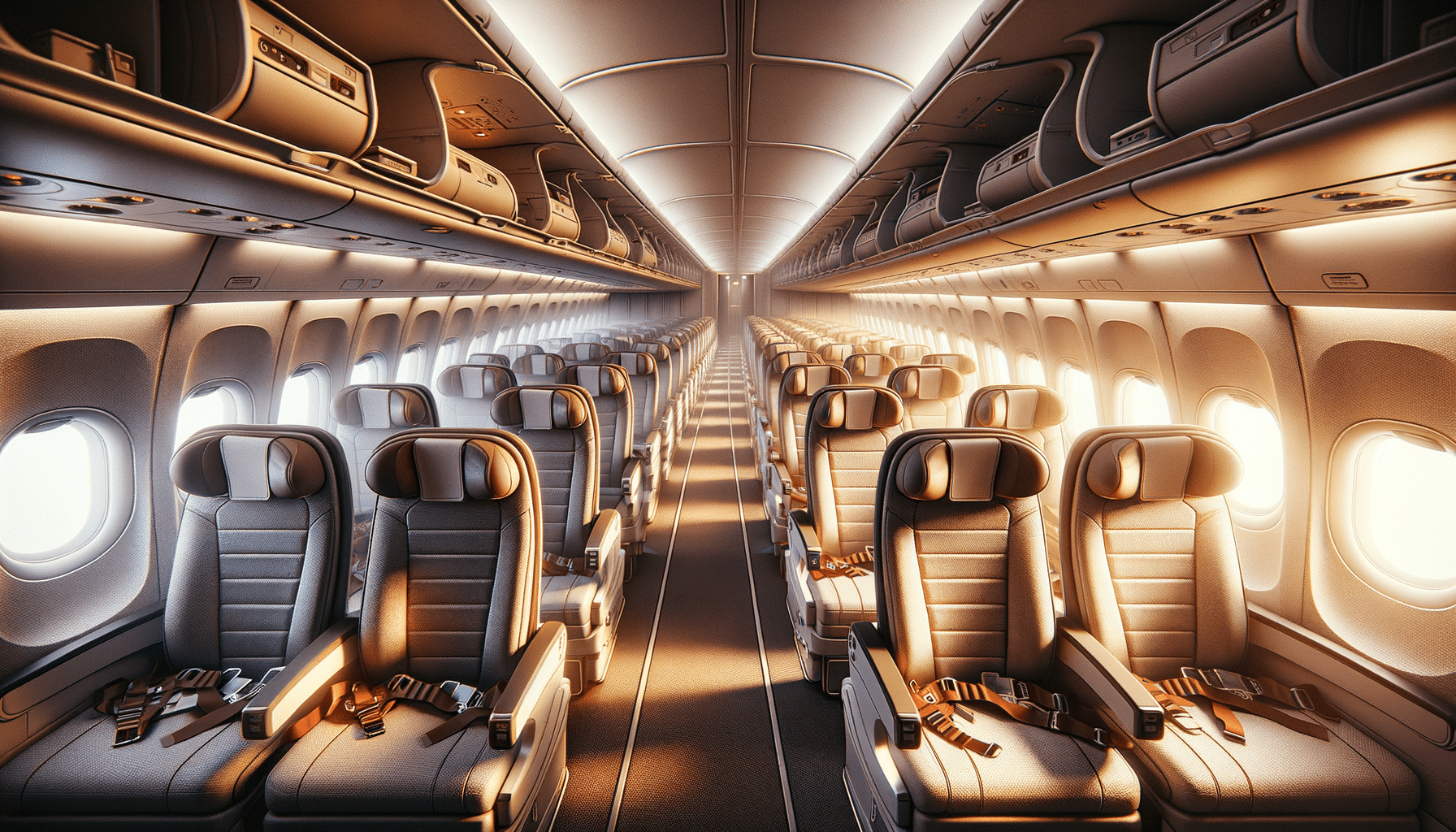
Learn more about flight attendant occupations.
Introduction to the Flight Attendant Role
Flight attendants occupy a unique and vital position in the aviation industry, serving as the frontline representatives of airlines. They are responsible for ensuring the safety and comfort of passengers during flights, making their role indispensable. In recent years, the demand for flight attendants has grown, driven by the expansion of the airline industry and an increase in global travel. This article explores the multifaceted nature of the flight attendant occupation, shedding light on the skills required, the challenges faced, and the rewarding aspects of this career.
Key Responsibilities and Daily Duties
The primary responsibility of a flight attendant is to ensure passenger safety. This involves conducting pre-flight safety checks, demonstrating safety procedures, and assisting passengers during emergencies. Additionally, flight attendants provide in-flight services such as serving meals and beverages, answering passenger queries, and ensuring overall comfort. Their role extends beyond routine duties; they must also handle unexpected situations like medical emergencies or unruly passengers with professionalism and composure.
Flight attendants work closely with the cabin crew to maintain a seamless operation. They coordinate with pilots and ground staff to ensure all safety protocols are followed. Their day begins with briefings to discuss flight specifics, including the number of passengers, any special requirements, and potential weather conditions. Throughout the flight, they monitor the cabin, ensuring compliance with safety regulations and attending to passenger needs.
Flight attendants must possess strong communication and interpersonal skills, as they interact with diverse groups of people daily. Their ability to remain calm under pressure and provide excellent customer service is crucial in creating a positive flying experience for passengers.
Training and Qualifications Required
Becoming a flight attendant requires a combination of specific education and training. Most airlines require a high school diploma or equivalent, but some prefer candidates with college degrees, particularly in hospitality, communication, or travel-related fields. The rigorous training programs provided by airlines cover various aspects such as safety procedures, first aid, conflict resolution, and customer service.
Training typically lasts several weeks and includes both classroom instruction and practical exercises. Trainees learn how to handle emergency situations, operate safety equipment, and provide first aid. They also receive instruction on cultural sensitivity and language skills to better serve international passengers. Upon successful completion of the training, candidates receive certification from the relevant aviation authority, allowing them to work as flight attendants.
Physical fitness is another important requirement, as flight attendants spend long hours on their feet and may need to assist with heavy luggage or passengers with mobility issues. Additionally, they must adhere to grooming and appearance standards set by their employers, reflecting the airline’s brand and image.
Challenges and Rewards of the Profession
Working as a flight attendant comes with its share of challenges. Long and irregular hours, including overnight flights and time zone changes, can disrupt personal routines and lead to fatigue. The job also requires spending extended periods away from home, which can be difficult for those with families or other commitments.
Despite these challenges, the profession offers numerous rewards. Flight attendants have the opportunity to travel the world, experiencing different cultures and meeting new people. The dynamic nature of the job ensures that no two days are alike, keeping the work engaging and exciting. Additionally, many airlines offer competitive salaries and benefits, including travel perks and opportunities for career advancement.
Flight attendants often express a strong sense of job satisfaction, stemming from the knowledge that they play a crucial role in ensuring passenger safety and comfort. The camaraderie among cabin crew members also contributes to a positive work environment, fostering a sense of teamwork and mutual support.
Conclusion: A Career Worth Considering
The flight attendant occupation is a unique blend of customer service, safety management, and adventure. It offers a diverse work environment, opportunities for personal growth, and the chance to make a positive impact on passengers’ travel experiences. For those who thrive in dynamic settings and enjoy interacting with people from all walks of life, a career as a flight attendant can be highly rewarding. As the aviation industry continues to grow, the demand for skilled and dedicated flight attendants is expected to rise, making it an exciting career choice for many.


